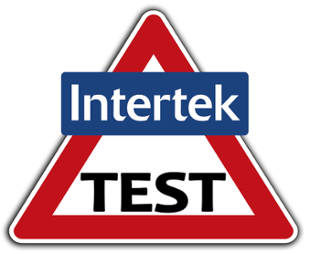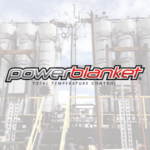With so much emphasis put on certification labels from Nationally Recognized Testing Laboratories (NRTLs) it becomes just as important to emphasize how much effort it takes to get such certifications. Knowing a little bit more about the ends and outs will help any consumer feel great about the quality control associated with certified products.
Partnering With NRTLs
What is an NRTL? A Nationally Recognized Testing Laboratory is any third-party lab that tests new products to certify that they meet rigorous safety standards. Specifically, these labs are recognized by the United States Occupational Safety and Health Administration (OSHA) to do the testing and certifying. If you manufacture any kind of industrial product in the United States, it must be certified by a NRTL before you can begin selling it.
OSHA created the NRTL program back in 1988. According to metlabs.com, OSHA “created the NRTL program which defines the set of criteria to which a lab could prove itself to be worthy of NRTL status and ensure that certain types of equipment be tested and certified for their safe use in the workplace. MET Laboratories became the nation’s first Nationally Recognized Testing Laboratory in the United States.”
Getting a product’s approval from a NRTL is a big deal. The certification that comes from working with an NRTL is more than just a mere label. In fact, when considering the steps it takes to get such a label, it’s kind of a like a diploma. For those manufacturers whose products are certified by UL, Intertek, CSA, or any other reputable testing laboratory, certification amounts to certain rigorous steps and continuing protocol.
The Design Phase
When a company decides to seek the assistance and support of an NRTL for safety and quality assurance, the partnership begins at the drawing board. That’s right, if a manufacturer of electrical products is going to keep things completely safe and as efficient as possible, then everything begins in the design phase. Regardless of whether you’re paying Under Writers Laboratories (UL), Intertek (the organization behind the ETL mark), or Canadian Standards Association (CSA) to help with the process, every one of them is going to start by first assisting in the creation of the product. Before your product is even testable, an NRTL is going to help you design a product that will function as well as it should, and do so in a completely safe and acceptable manner.
The Testing Phase
Once an NRTL has helped a manufacturer design a product that meets all the national and international safety standards (standards that are determined by consensus among NRTLs and OSHA—in the case of the United States) they then begin a long and rigorous testing process. This is where the distinction, Nationally Recognized TESTING Laboratories, comes from. Because that’s the very thing they do. They send every single product with their label on it through a considerable amount of testing to determine that it is durable, safe, and efficient enough to don their distinctive stamp of approval.
Many types of tests are run on products to see if they are safe for workplace use. Products need to be checked to see how vulnerable they are to dangerous environments, such as workplaces where ignitable vapors are present. Products need to be tested to ensure they do not cause ignition to happen through an electric spark. Other tests might include water resistance, allowing the product to be faced against moisture to see if water buildup will cause it to run inefficiently.
The Audit Phase
Even after a detailed design phase and an extensive testing phase, the work isn’t done for those manufacturers that partner with an NRTL. It’s not a one-and-done approach. For any company to maintain the mark of UL, Intertek, CSA, or any other of the testing labs, they have to maintain protocol with all their standards. This is accomplished by completely unannounced audits on production procedures and compliance with standards.
In other words, for any manufacturer wearing the label, there are regular checkups from the respective NRTL officials to make sure the company is still complying with all the protocols addressed and tested in the design and testing phases. These audits happen at random and are executed to ensure that all products bearing the NRTL’s mark are keeping with the standards that warrant it. How often these audits occur depends on the standards associated with the manufacturer’s product type. For Powerblanket, this means the company is audited extensively four times a year by Intertek.
Powerblanket and Intertek
Powerblanket is proud to be associated with Intertek and to bear the laboratory’s ETL mark. Powerblanket chooses to work with Intertek because of the compliance they offer for products sold and manufactured in both the US and Canada (if you look at the logo, the “C” stands for Canada, and the “US” stands for United States). Our company and engineers pass through the extensive steps and expenses necessary to warrant this label because we care about offering efficient and safe products. At Powerblanket, we don’t cut corners or go with the cheapest parts and labor. Because if we did, we wouldn’t be ETL certified.
As much as we know about what we’re doing, which is more than anyone else, we’re happy to work with a third party entity that checks our work and verifies its quality. So here’s to NRTLs everywhere for helping companies maintain the highest level of quality and safety for their valued customers.
Curious to see how Powerblanket can meet the unique needs of your industry?





